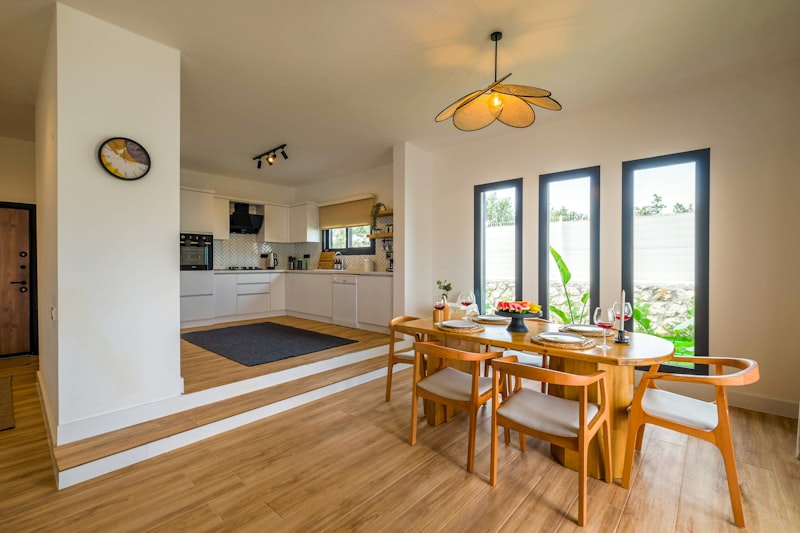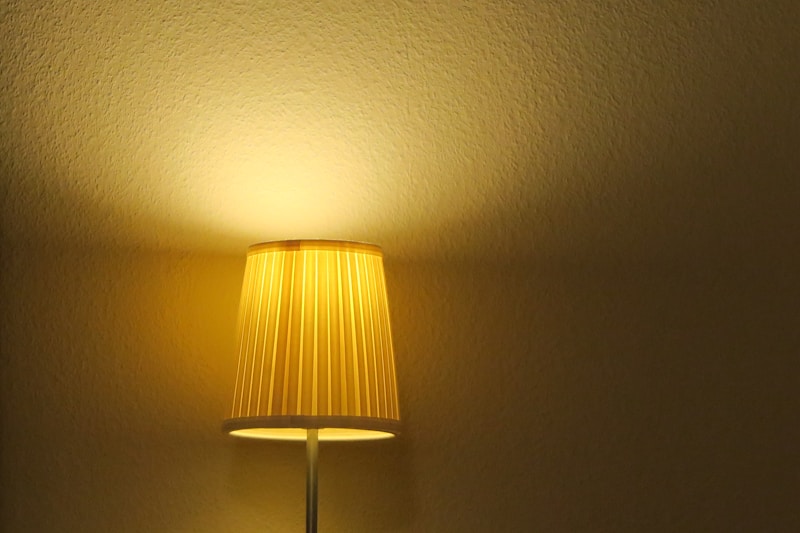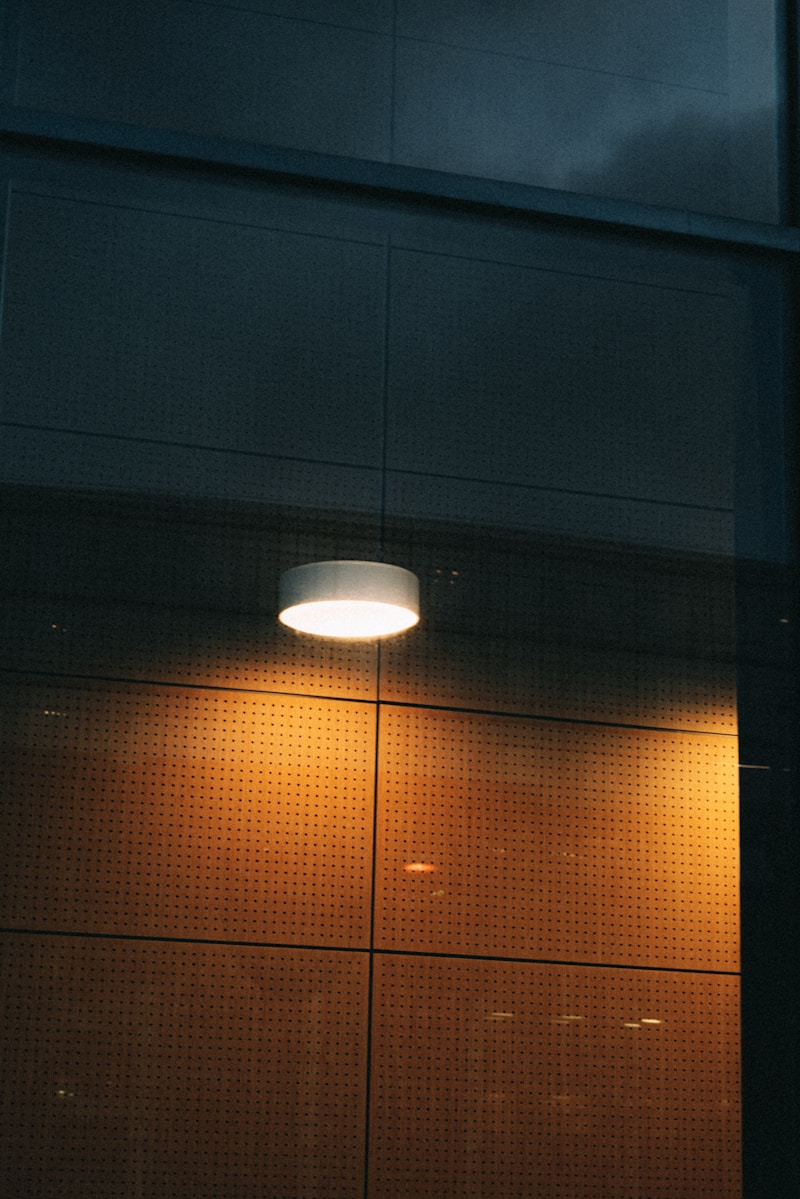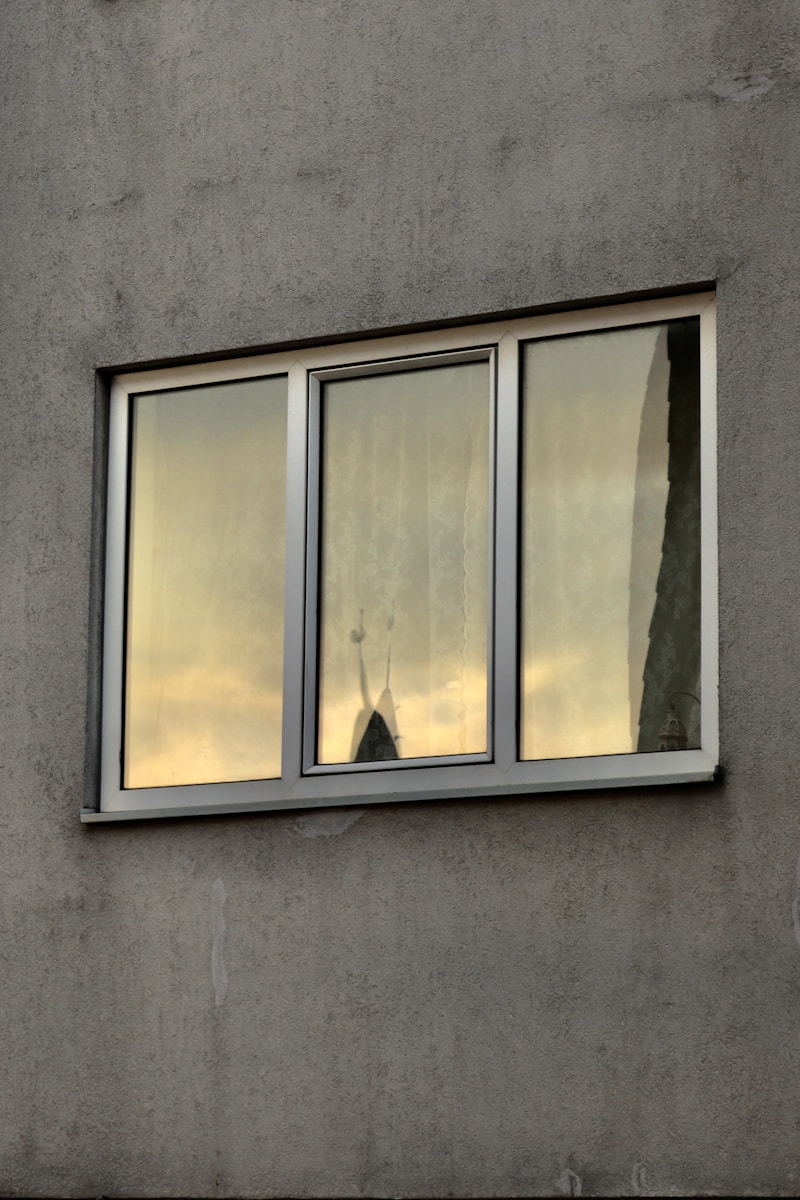The Impact of Color Temperature on Mood: Understanding the Psychological Effects of Light
IntroductionHave you ever noticed how the lighting in a room can influence your feelings? The way we perceive our environment is largely affected by the colors that surround us, and this includes the temperature of the light. This article will explore the impact of color temperature on mood, discussing how different shades of white light can evoke various emotional responses, and providing insights into how to optimize lighting in your home or workspace for improved well-being.What is Color Temperature?Color temperature is a measure of the warmth or coolness of a light source, quantified in Kelvin (K). Lower Kelvin values (around 2700K to 3000K) correspond to warmer light, resembling the glow of traditional incandescent bulbs, while higher values (around 4000K to 6500K) indicate cooler light that resembles daylight. Understanding color temperature is crucial for creating environments that evoke specific emotions.The Psychological Effects of Different Color TemperaturesThe color temperature of light can significantly impact our mood and productivity. Let’s explore how various temperature ranges can affect our emotions:Color Temperature (K)Effect on MoodBest Uses2700K - 3000KRelaxed, CozyHomes, Bedrooms3500K - 4100KBalanced, EnergizingOffices, Study Areas5000K - 6500KAwake, AlertTask-Intensive Work, HospitalsWarm Light (2700K - 3000K)Warm light creates a cozy and inviting atmosphere. When exposed to light in this range, people often feel more relaxed and comfortable. This makes...
Essential Questions to Consider for Lighting in Open Floor Plans
Open floor plans have become increasingly popular in modern home designs, offering more space and improved flow between different living areas. However, lighting in these expansive spaces can be a challenging aspect to design effectively. This article will cover crucial questions to consider when thinking about lighting in open floor plans, ensuring both functionality and aesthetic appeal are prioritized. By the end, you will be equipped with knowledge to create a beautifully lit open space that complements your lifestyle.The Importance of Lighting in Open Floor PlansLighting serves not just practical purposes, but also enhances the mood and atmosphere of your living area. In open floor plans, where the boundaries between spaces can be blurred, it is important to think strategically about how to utilize light. Good lighting design can make areas feel more integrated and spacious while also providing well-defined zones for different activities.1. What Activities Will Take Place in Each Area?Before diving into the lighting design, it's essential to consider the primary functions of each space in your open floor plan. For instance, areas designated for cooking, dining, and entertaining will require different lighting solutions. Understanding how each space will be used will guide your lighting choices:AreaSuggested Lighting TypesKitchenTask lighting such as under-cabinet lights, pendant lights over the islandDining AreaStatement pendant or chandelier with dimmable optionsLiving ...
Common Mistakes in Residential Lighting Design: Avoiding Pitfalls for a Perfect Home Ambiance
Understanding the Essential Aspects of Residential Lighting DesignWhen it comes to creating a harmonious home atmosphere, residential lighting design plays a crucial role. Yet, many homeowners make common mistakes that can lead to undesirable results. In this article, we will explore these pitfalls and provide practical advice on how to achieve the perfect lighting scheme for your residence. Let's shine a light on some of the most frequent errors and how to avoid them.Key Elements of Effective Lighting DesignBefore we dive into common mistakes, it's vital to understand the essential elements of effective lighting design. A well-planned lighting scheme should incorporate: Functionality Aesthetics Energy efficiency FlexibilityCommon Mistakes in Residential Lighting Design Mistake Description Inadequate Task Lighting Failing to provide sufficient light for tasks such as reading or cooking. Overlooking Layered Lighting Not mixing ambient, task, and accent lighting, which leads to a flat atmosphere. Neglecting Control Systems Forgetting to incorporate dimmers and smart lighting controls for flexibility. Choosing the Wrong Bulbs Using bulbs that do not match the intended mood or activity. Ignoring Natural Light Failing to consider how natural light can complement artificial lighting. 1. Inadequate Task LightingOne of the most prevalent mistakes is providing insufficient task lighting. Each area of your home serves a spe...
Defining the Principles of Effective Lighting: A Comprehensive Guide
Effective lighting can dramatically transform a space, enhance its aesthetic appeal, and positively influence mood and productivity. In this article, we will delve into the essential principles of effective lighting, exploring its various types, techniques, and applications. Whether you are designing a home, an office, or an outdoor space, understanding these principles will help you achieve an optimal lighting setup.Understanding the Importance of Effective LightingLighting goes beyond simple illumination. It plays a vital role in interior design, architecture, and lifestyle. The right lighting can create an inviting atmosphere, highlight architectural features, and improve visibility. Moreover, it can affect our emotions, productivity, and well-being. For example, a well-lit workspace can enhance focus and efficiency, while soft, warm lighting can create a cozy environment for relaxation. However, improper lighting can lead to eyestrain and decreased productivity.Principles of Effective LightingTo harness the full potential of lighting, it’s crucial to understand its fundamental principles. Here, we outline the key principles that guide effective lighting design:PrincipleDescription1. LayeringUsing a combination of ambient, task, and accent lighting for a well-rounded approach.2. Color TemperatureSelecting the right color temperature (measured in Kelvin) to match the intended mood.3. DistributionEnsuring even light distribution to avoid shadows and harsh glares.4. Energy Ef...
Understanding Wall Sconces: Definition, Uses, and Decor Integration
Introduction to Wall SconcesWall sconces are an elegant addition to interior decor, serving both functional and aesthetic purposes. These fixtures are designed to be mounted on walls, providing illumination while enhancing the style of a room. As homeowners and designers increasingly seek unique lighting solutions, the definition and uses of wall sconces in decor become essential to explore.What is a Wall Sconce?A wall sconce is a type of lighting fixture that is attached directly to a wall, often featuring a decorative design. Unlike table lamps or floor lamps, sconces illuminate spaces without occupying valuable floor space, making them ideal for various settings. They come in a myriad of styles, materials, and colors, ranging from vintage to contemporary, allowing for countless decor possibilities.The Essential Functions of Wall SconcesWall sconces serve multiple functions that extend beyond mere lighting. Here are the primary uses: Ambient Lighting: Wall sconces provide a warm glow that creates a cozy atmosphere. Task Lighting: Certain styles of sconces can be used to illuminate specific areas, such as reading nooks or artwork. Accent Lighting: Sconces can highlight architectural features or decorative elements, enhancing the overall design of the space.How to Choose the Right Wall SconceSelecting the right wall sconce is crucial for achieving the desired effect in your decor. Here are some tips: Consider Your Space Analyze the size and layout of your room to d...
How to Create Focal Points with Light: A Comprehensive Guide
Creating stunning and effective focal points in any space can drastically enhance the ambiance and aesthetic appeal. Lighting plays a crucial role in achieving this, as it can draw attention, define areas, and highlight specific features. This article explores various techniques on how to create focal points with light, providing insights, tips, and best practices to transform your environment. We will also address related questions that often arise regarding focal points and lighting.Understanding Focal PointsBefore diving into the techniques of using light to create focal points, it's essential to understand what a focal point is. A focal point in design refers to a specific area or object that draws the eye. It can be a piece of artwork, a decorative feature, or a beautifully arranged table. When combined with appropriate lighting, these focal areas can be enhanced further.Choosing the Right Lighting FixturesThe first step in creating effective focal points with light is selecting the appropriate lighting fixtures. Here are some types to consider:TypeDescriptionSpotlightsThese direct light to specific areas, ideal for paintings or unique architectural features.Wall WashersThese fixtures gently spread light across a wall, highlighting textures and colors.Pendant LightsHanging fixtures that can serve as a dramatic focal point over tables or countertops.Track LightingFlexible lighting options that can be adjusted to focus on various aspects of a room.When selecting these fixt...
Understanding the Principles of Daylighting in Architecture
Daylighting, the practice of using natural light to illuminate interior spaces, is an essential consideration in modern architecture. By understanding the principles of daylighting, architects can create buildings that are not only visually appealing but also energy-efficient and comfortable for occupants. This article will explore the key principles of daylighting, its benefits, its various design strategies, and considerations for effective implementation.What is Daylighting?Daylighting can be defined as the practice of designing buildings to utilize natural light as a primary source of illumination. This method reduces reliance on artificial lighting, thus lowering energy consumption and creating healthier indoor environments. When effectively implemented, daylighting enhances the aesthetic quality of spaces, promotes visual comfort, and can even influence the wellbeing of occupants.The Benefits of DaylightingThe incorporation of daylighting into architectural design offers numerous benefits, including: Energy Efficiency: By harnessing natural light, buildings can significantly reduce their reliance on artificial lighting, which lowers energy costs. Enhanced Productivity: Studies have shown that natural light improves focus, mood, and overall productivity among occupants, making it a valuable asset in workplace design. Health Benefits: Natural light exposure is linked to better eye health, increased Vitamin D levels, and improved mental well-being. Aesthetic Ap...






